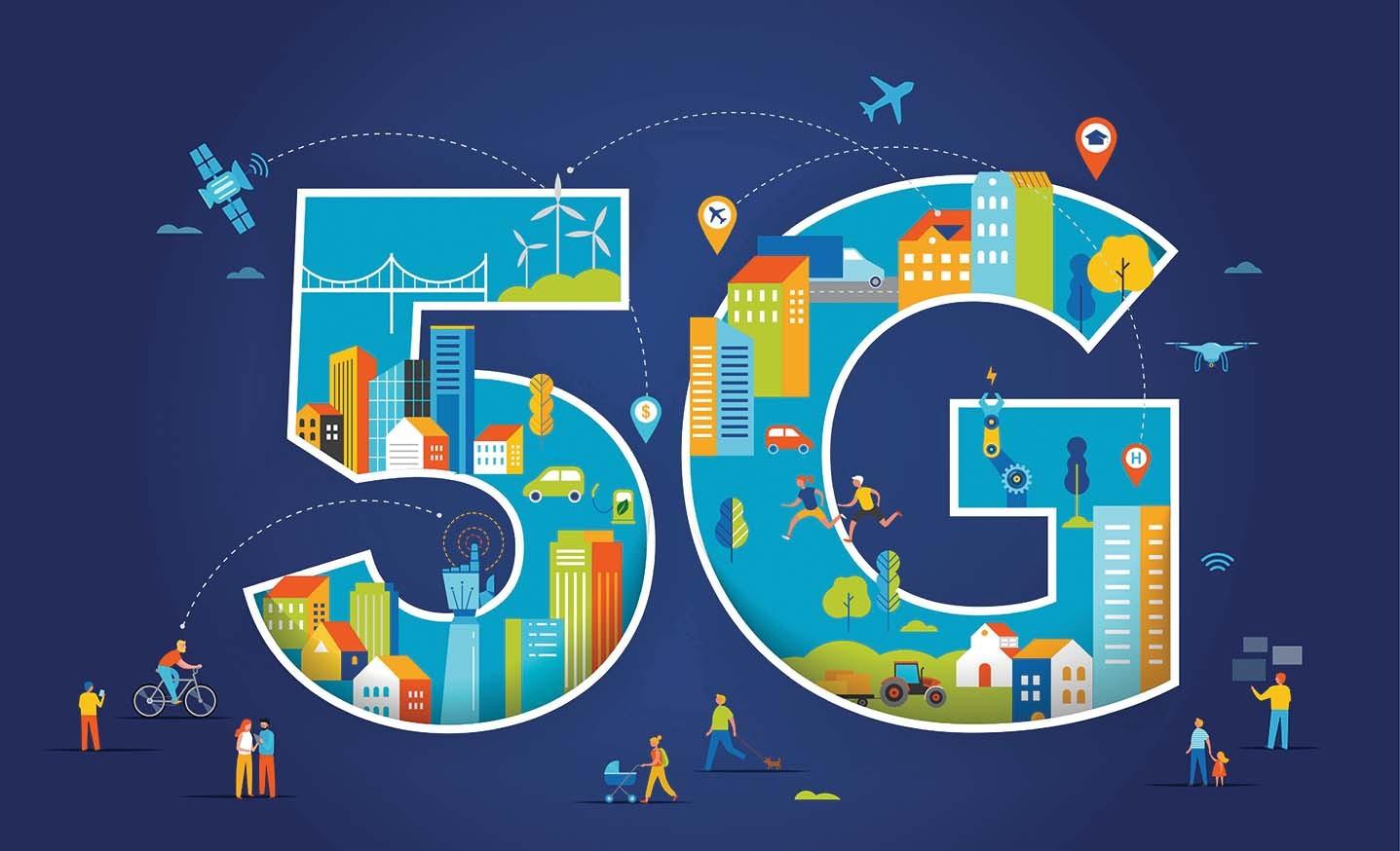How 5G Technology Is Revolutionizing Online Learning: benefits and Future Prospects
The advent of 5G technology is sparking a revolution across multiple sectors, but perhaps nowhere are its transformative powers felt more profoundly than in online learning. By delivering faster speeds,lower latency,and greater reliability,5G is unlocking new educational possibilities and shaping the future of digital learning experiences. In this comprehensive guide, we delve into how 5G technology is revolutionizing online learning, the key benefits, practical use cases, and what lies ahead for educators and students alike.
what is 5G Technology?
5G technology represents the fifth generation of wireless networks, designed to supersede 4G LTE. It offers astonishing improvements in connection speed (up to 100 times faster than 4G), ultra-low latency (as little as 1 millisecond), and massive bandwidth for supporting higher connection densities. These advancements are especially pivotal for online education platforms that demand real-time interaction and heavy data usage.
- Speed: Students can stream ultra-high-definition (UHD) educational videos smoothly with minimal buffering.
- Latency: Real-time communication and collaboration are significantly more effective.
- Reliability: Consistent connections ensure seamless participation in live classes and assessments.
Benefits of 5G Technology in Online Learning
The integration of 5G into educational environments is already yielding transformative benefits. Here are some of the most significant ways 5G is enhancing online learning experiences:
1. Enhanced accessibility and Inclusion
- Bridging the Digital Divide: 5G enables high-speed internet even in previously underserved or remote areas, allowing a greater diversity of students to participate in digital learning.
- Portable Education: With mobile-pleasant 5G-enabled devices, learning is possible anytime and anywhere, supporting non-conventional students and adult learners.
2. Immersive and Interactive Learning Experiences
- Augmented and Virtual Reality (AR/VR): 5G supports lag-free AR/VR-based educational content, letting students conduct science experiments, virtual field trips, and simulated training safely and in real-time.
- Real-Time Collaboration: Tools like interactive whiteboards,live group projects,and instant feedback are more effective,promoting student engagement.
3. Seamless Video Streaming and Content Delivery
- high Definition Video: 5G’s massive bandwidth enables uninterrupted HD and 4K streaming for lectures and webinars.
- Reduced Buffering and Downtime: Teachers and learners enjoy a smoother experience with minimized interruptions.
4. Personalized Learning paths
- Big Data and AI: 5G makes it easier to process large data sets, enabling platforms to offer personalized recommendations, adaptive assessments, and targeted interventions in real time.
5. Scalability for Massive Open Online Courses (MOOCs)
- 5G networks can support thousands of concurrent connections without performance drops, making MOOCs and global classrooms truly accessible at scale.
Practical applications: Case Studies and Examples
Let’s explore real-world instances where 5G technology is already shaping the future of online education:
AR/VR-Powered Classrooms
Several universities in South Korea and China are piloting AR and VR labs enabled by 5G, allowing students to participate in fully immersive, interactive science experiments and virtual dissections from their homes.
Tele-education in Remote Areas
In Africa, 5G-powered mobile learning units provide real-time instruction to students in regions where traditional infrastructure falls short, closing the rural-urban education gap.
Smart Campuses
Institutions in the United States and Europe are utilizing 5G to connect IoT-enabled devices across campuses—be it for security, attendance, or dynamic scheduling—creating safer and more efficient learning environments.
First-Hand Student Experience: Learning at the Speed of 5G
Students using 5G-enabled platforms consistently praise:
- The ability to participate in virtual labs without lags or disconnections.
- Access to instant feedback during quizzes and collaborative sessions.
- Freedom to move and learn — whether they’re on a bus, in a park, or traveling internationally.
“With 5G, attending my classes is seamless — no more video freezes, and the AR anatomy lessons feel just as real as being in a physical classroom!” – Ana, Medical Student
Future prospects: What’s Next for 5G and Online Learning?
as 5G technology matures and becomes ubiquitous, online learning stands to benefit in extraordinary ways. Here’s a peek into what the future holds:
- Full-Scale Adoption of AI and Machine Learning: Real-time data processing will power smart tutors and hyper-personalized coursework.
- Global classrooms: Students from across continents will interact seamlessly, paving the way for truly multicultural, real-time learning experiences.
- Integration of IoT in Education: Smart devices and sensors, from attendance trackers to interactive educational materials, will be connected and context-aware.
- Next-Level Gamification: Smooth, real-time multiplayer educational games will become standard, making learning engaging and social.
- Further Bridging the Skills Gap: Interactive, remote vocational training will reach millions, supporting workforce development for the jobs of tomorrow.
Nevertheless, addressing issues like data privacy, digital literacy, and affordable device access will remain crucial in ensuring the equitable adoption of 5G-powered education.
Quick Tips for Educators and Institutions Embracing 5G
- Invest in 5G-compatible hardware and software to future-proof your e-learning platforms.
- Be proactive about digital inclusion — ensure content is accessible on a wide range of devices and for all abilities.
- Utilize data securely by adhering to privacy regulations and best practices.
- Train faculty on AR/VR, AI, and other technologies enabled by 5G for maximum benefit.
- Solicit ongoing feedback from students to iterate and improve the learning experience.

